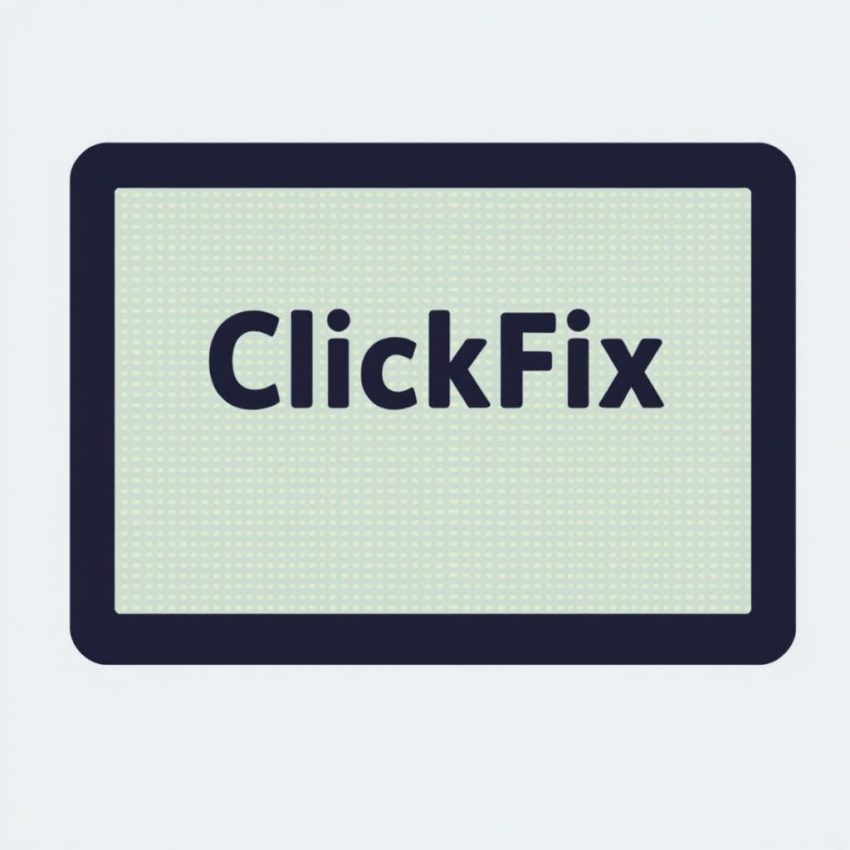ClickFix Malware: Outsmarting CAPTCHAs to Infect Your Devices
The digital landscape is constantly evolving, and so are the tactics employed by cybercriminals. Recently, a new malware campaign dubbed "ClickFix" has emerged, showcasing a disturbingly sophisticated approach to infection: exploiting CAPTCHAs to spread cross-platform malware. This isn't your grandfather's phishing scam; ClickFix demonstrates a new level of cunning, bypassing traditional security measures and potentially infecting a wide range of devices.
How ClickFix Works: Beyond the Obvious
Unlike typical malware that relies on deceptive emails or infected websites, ClickFix leverages the seemingly innocuous CAPTCHA. Think about it: you encounter CAPTCHAs daily, proving you're human and not a bot. ClickFix cleverly subverts this process.
The campaign operates through malicious advertisements, often disguised as legitimate ads for software updates or popular services. Clicking on these ads doesn't lead to the expected download or webpage, but instead initiates a CAPTCHA challenge. This is where the deception lies. While seemingly verifying your humanity, the CAPTCHA request actually initiates a malicious script download.
This script is designed to be cross-platform, meaning it can infect both Windows and macOS systems. Once installed, the malware's capabilities can range from:
- Data theft: Stealing sensitive information like passwords, credit card details, and personal files.
- Ransomware deployment: Encrypting your files and demanding a ransom for their release.
- Remote access trojan (RAT) installation: Giving attackers complete control over your device.
- Cryptojacking: Utilizing your computing power to mine cryptocurrency without your knowledge or consent.
The CAPTCHA Conundrum: Why This Matters
The use of CAPTCHAs in this attack is particularly concerning because it adds a layer of legitimacy. Users are conditioned to trust CAPTCHAs as a security measure, making them more likely to click through without suspicion. This cleverly bypasses traditional anti-malware solutions which often flag malicious downloads more directly. The malware is delivered as a seemingly benign response to a legitimate challenge.
Protecting Yourself from ClickFix:
Staying ahead of these sophisticated attacks requires a multi-layered approach:
- Be cautious of online advertisements: Avoid clicking on ads, especially those appearing on unfamiliar or suspicious websites.
- Keep your software updated: Regularly update your operating system, antivirus software, and applications to patch known vulnerabilities.
- Use a reputable antivirus program: A robust antivirus solution with real-time protection can help detect and block malicious scripts.
- Enable browser extensions: Consider using browser extensions designed to block malicious ads and track suspicious websites.
- Educate yourself and others: Awareness is key. Share this information with friends and family to help prevent widespread infections.
The Future of Malware: Adapting and Evolving
The ClickFix campaign highlights the ever-evolving nature of cyber threats. Attackers are constantly finding new and creative ways to bypass security measures. Staying vigilant, educating yourself, and employing robust security practices are crucial steps in protecting yourself from these advanced threats. The CAPTCHA, once a symbol of security, has now been turned into a tool of deception, reminding us that even seemingly trustworthy mechanisms can be exploited. Stay informed and stay safe.
Don’t miss out on this exclusive deal, specially curated for our readers! Discover Affordable Flights Tailored to Your Travel Plans!
This page includes affiliate links. If you make a qualifying purchase through these links, I may earn a commission at no extra cost to you. For more details, please refer to the disclaimer page. disclaimer page.

